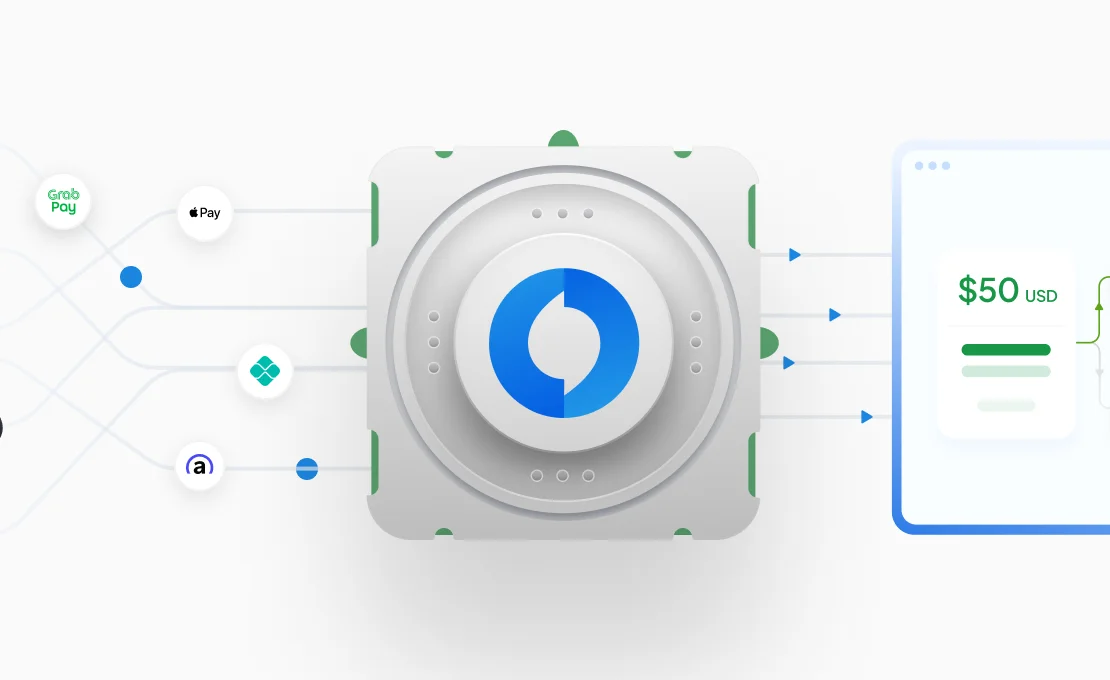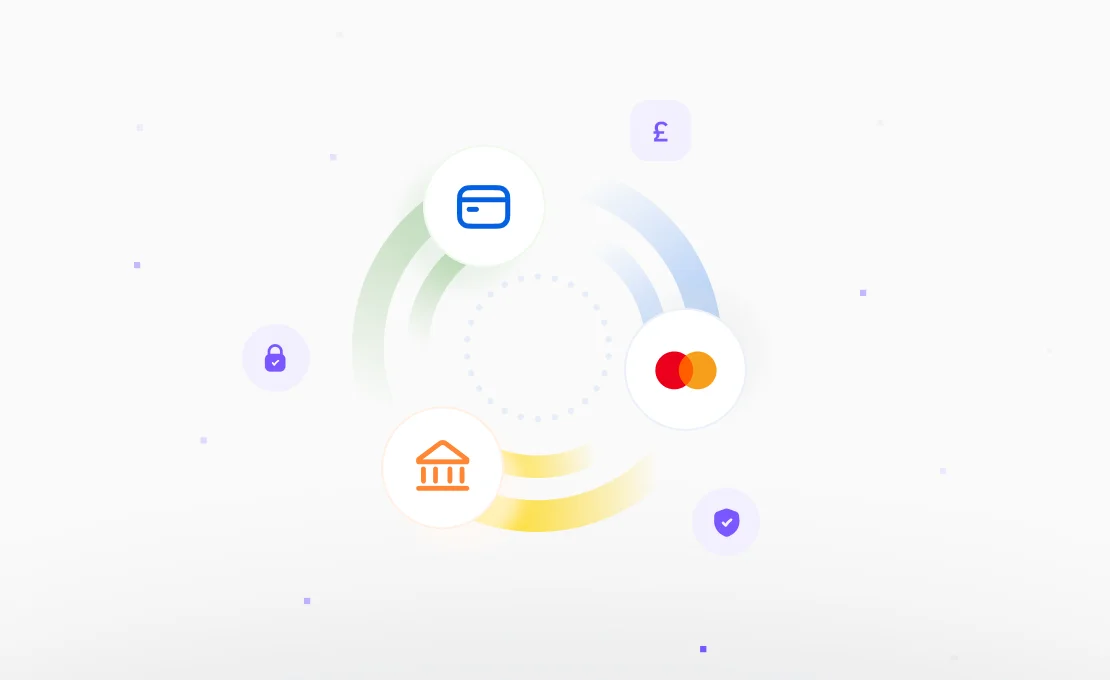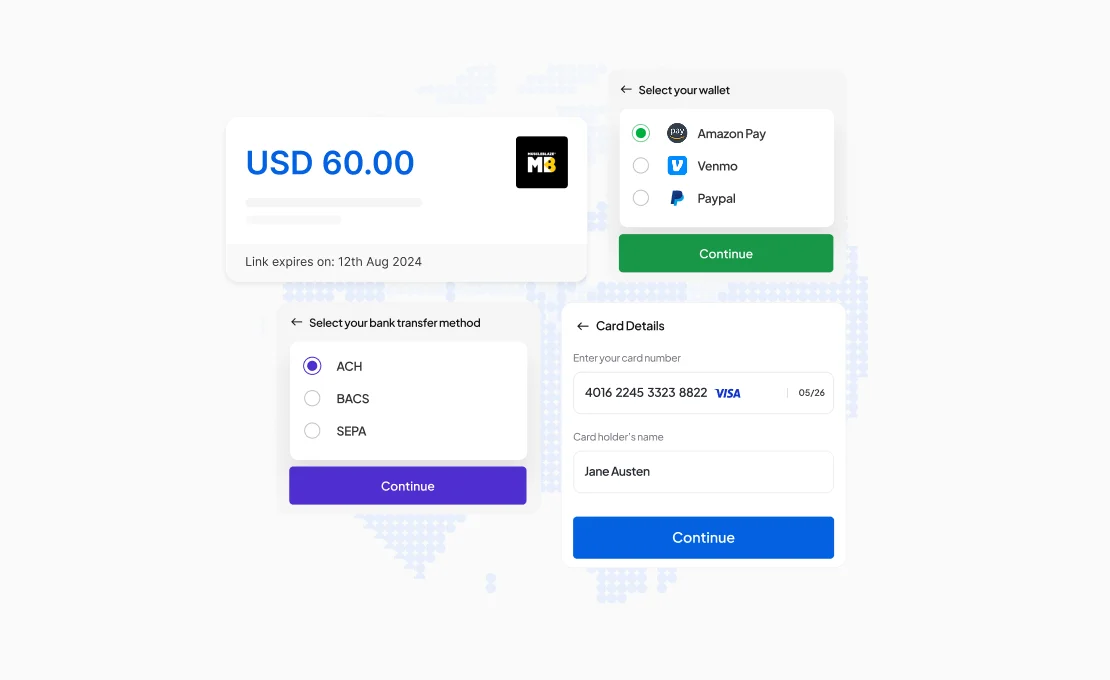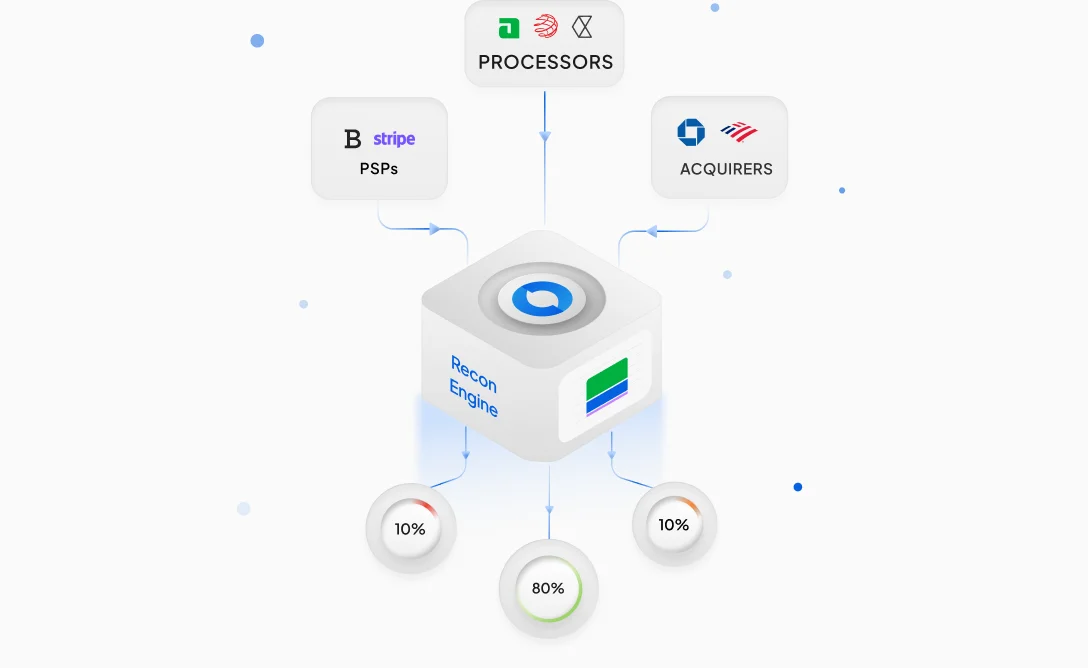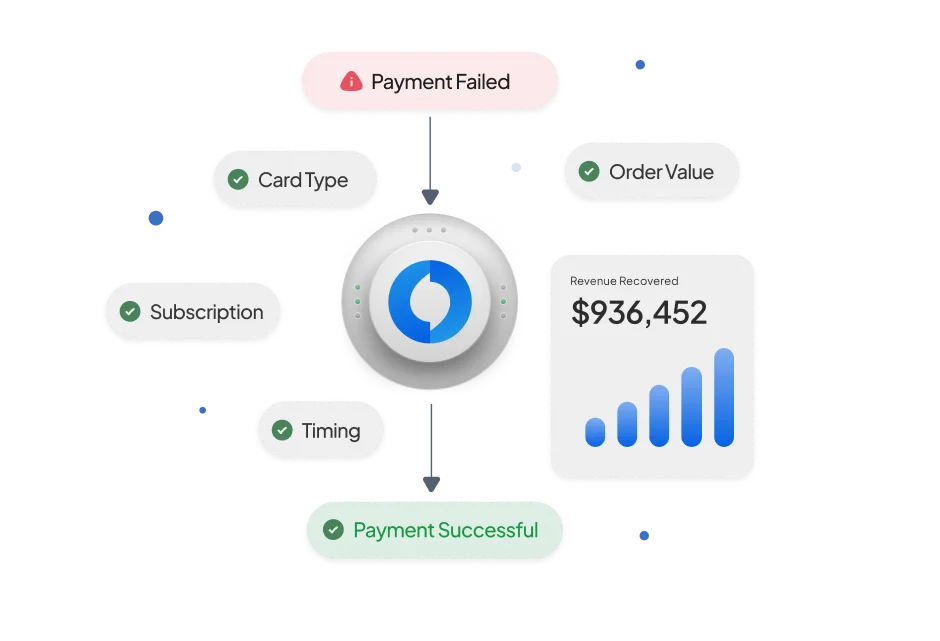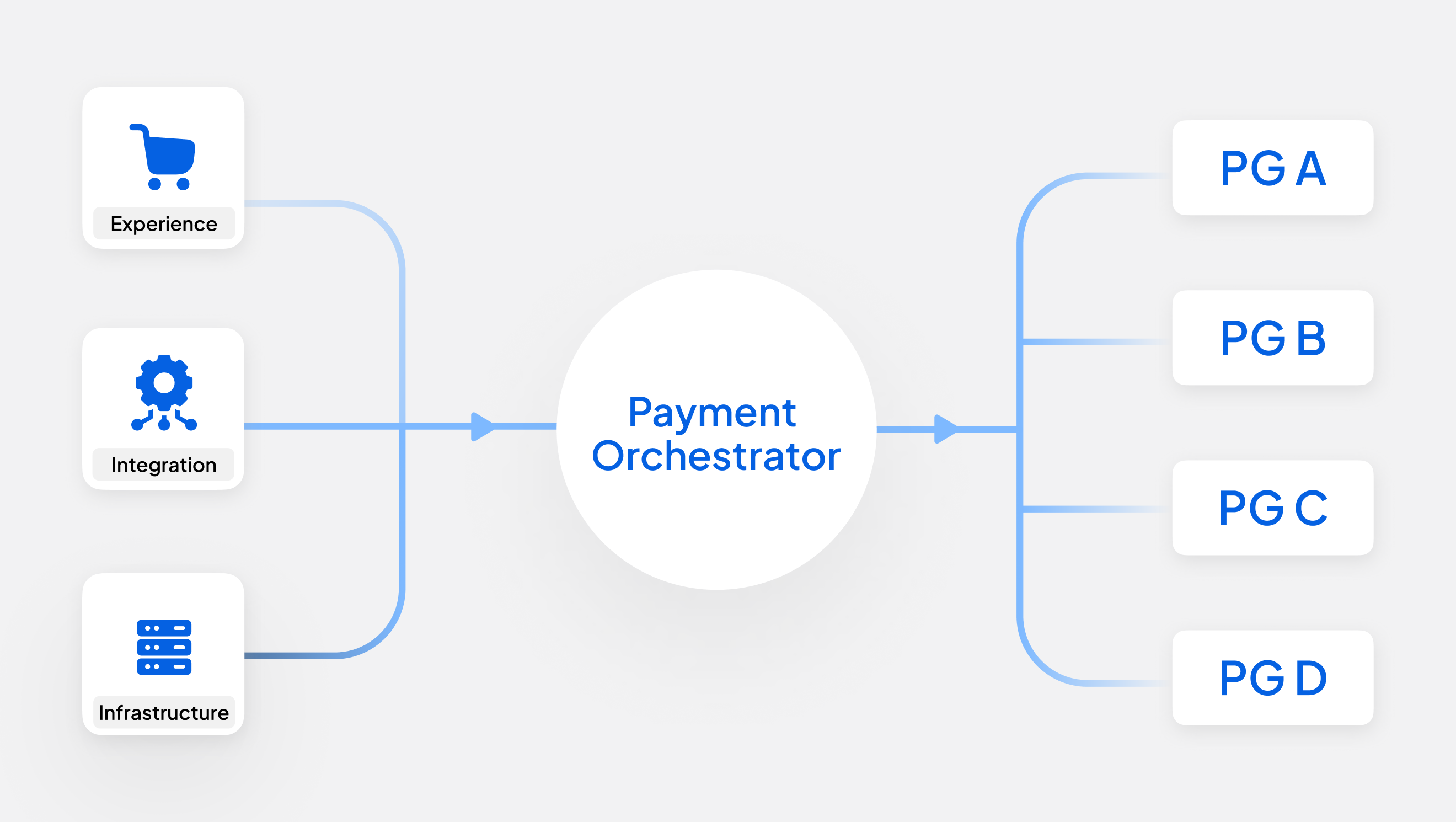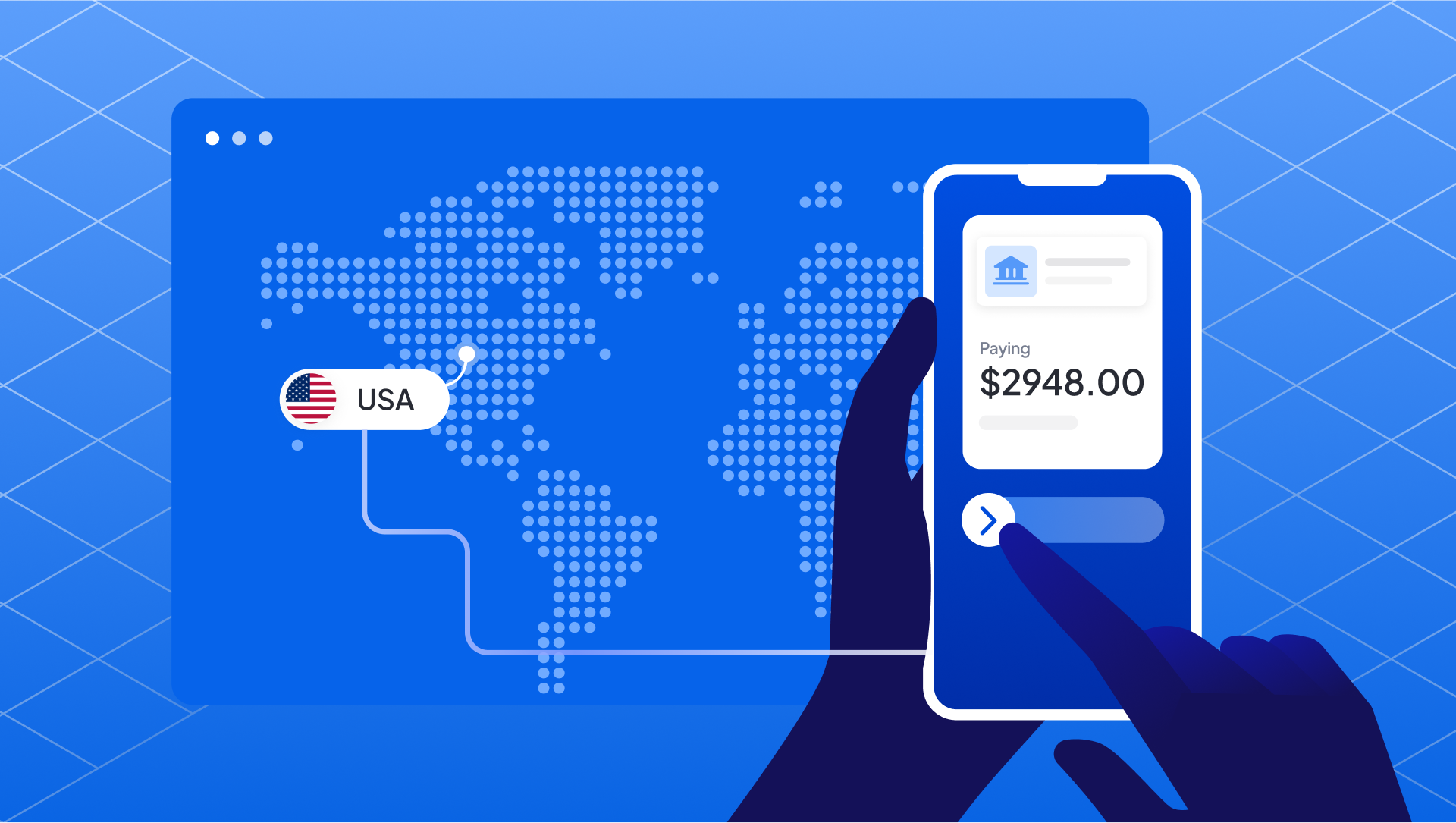As an economy that contributes to nearly a quarter of the global GDP, the United States anchors numerous factors - the most liquid financial markets, the dollar acting as the world’s primary reserve currency, and the US financial systems shaping the infrastructure of international trade and investment - that makes it a powerful epicenter of global capital flows.
Within this broader context, a core factor that is fundamental to the US economic system is the payments infrastructure, reaching payment volumes worth $9.367 trillion in 2024 using Visa and Mastercard credit, debit and prepaid commercial and consumer card products. Similarly, the ACH Network payment volume grew by 6.7%, with 33.6 billion payments in 2024 from 2023. It enables core functions like consumer spending (70% of GDP), payroll distribution, tax collection, B2B trade, and capital market settlements and defines how businesses access capital and customers.
Despite its significance both domestically and globally, the US payments stack is built on legacy systems that have prioritised reliability over speed. But, driven by technological disruptions, changing regulatory requirements, the conditions brought about by the pandemic and the consequent consumer expectations, have renewed the economy’s perspective on payments. What was once a fragmented ecosystem has evolved into a hyperconnected, API-first, and real-time payments environment. The US payments landscape, now more than ever, encourages market-driven innovation, scalable fintech infrastructure, while following regulatory compliance and understanding how people transfer money, creating a robust modern payments system.
To understand the current state of the US payments landscape, we first need to understand the key developments that have shaped its evolution over the past decade.
The Evolution: Past Decade
The US payments system witnessed and transformed due to the evolution of institutional inertia, technological breakthroughs, and regulatory shifts in the last decade.
Until as recently as 2014, the US payments system was largely dominated by the batch processing, primarily through Automated Clearing House (ACH) systems and card networks like Visa, Mastercard, American Express, and Discover. While ACH processed transactions in batches, cards relied on a multi-party interchange model - both relying on settlement cycles that didn’t settle in real-time. Wires like Fedwire and CHIPS offered same-day settlement but were expensive, manual, and usually reserved for high-value transactions.
By 2016, smartphones and digital experiences had firmly planted themselves in the daily economy of American consumers leading to demands for speed and flexibility in payments. There was a clear gap in these requirements and the existing payments infrastructure, but from which came a stream of systemic developments.
Around this time, the concerns of faster settlements were responded to by National Automated Clearing House Association (NACHA) and The Clearing House (TCH). The ACH network upgraded to same-day processing while TCH’s Real-Time Payments (RTP) network introduced continuous 24x7x365 payment processing with finality.
By 2018-19, the rise of developer-first platforms also took hold with the idea of ‘full stack’ payments. Unified APIs reduced the complexity of dealing with acquirers, gateways, fraud engines, and compliance, expanding their toolkits to include subscription billing, identity verification, and real-time payouts.
The Federal Reserve launched FedNow in 2023, a real-time gross settlement (RTGS) system with an API-first architecture, to eliminate TCH monopoly and democratize instant payments.
Over the last decade, the shift from institution-driven batch processing to real-time infrastructure has been the core of the payments system in the US. Payments have become a key enabler of innovation across industries, supported by modern APIs, real-time rails, and evolving regulatory oversight focused on transaction-level transparency and systemic resilience.
On the payment method front, credit and debit cards continue to dominate the US payments landscape, despite developments of newer payment methods, accounting for over 60% of in-person and 45% of online transactions. Consumer preference for them remains steady due to their universal acceptance, fraud protection, and reward incentives. Businesses also benefit from high conversion rates and infrastructure reliability but pay 1.5–3% per transaction and manage chargebacks and declines, using tokenization and smart routing to help mitigate these costs.
The Picture Today: Current Trends
- RTP and FedNow
Since its launch, FedNow has seen an explosive growth in both transaction amount and value, onboarding with over 1.5 million payments with a total value of over $38 billion. It has also onboarded more than 1200 institutions, with value soaring from $13 million in Q4 2023 to over $20 billion by Q4 2024. According to The Clearing House, payment value on the RTP network jumped 94% from the previous year at $246 billion, while volume surged 38% to 343 million transactions.
- Smart Routing and Orchestration
Intelligent or dynamic routing and orchestration systems are reshaping the US payments ecosystem by enabling real-time decisioning, intelligent transaction flows, and proactive risk mitigation. Smart routing leverages real-time issuer health, BIN-level intelligence, and historical approval trends to optimize payment paths—boosting approval rates while orchestration frameworks allow for dynamic retries, fallback logic, and issuer-specific strategies, significantly reducing declines, operational overhead, and dispute volumes.
- Digital and Contactless Payments
Although credit and debit cards remain the preferred payment method, the volume of digital payments is expected to surpass cade volume by 2026. In physical retail, NFC-enabled contactless payments via Apple Pay, Google Pay, or Samsung Pay are expected to constitute over 30% of POS payments by 2027. These systems rely on EMVCo-based tokenization, where static card numbers are replaced with dynamic, device-bound tokens provisioned via secure elements or cloud vaults, drastically reducing the risk of card-not-present fraud.
- Embedded Finance and BNPL
Embedded finance and BNPL is reshaping US payments by making financial services programmable, contextual, and directly embedded into digital experiences. Platforms like Uber and Shopify now offer payments, lending, and payouts natively through banking-as-a-service (BaaS) providers and issuer APIs. BNPL, meanwhile, has grown into a checkout-native credit layer, with players like Affirm and Apple offering instant installment plans through soft checks and in-wallet integrations. In 2024, US BNPL volumes exceeded $24 billion, driven by high usage in fashion, electronics, and travel.
Challenges facing the US payments landscape
- Fragmented Infrastructure
While real-time, seamless payments are the standard the US payments system is moving toward, the current fragmentation of legacy systems like card networks and ACH, and emerging technologies leads to integration complexity and inconsistent experiences across channels. - Fraud and Identity Risks
A card-centric infrastructure poses a threat to the CNP (Card Not Present) transactions - in the absence of a chip and PIN or biometric verification. The US also does not have a national digital ID framework making identification challenging with laws like the Fair Credit Billing Act (consumer protections for fraud) and GLBA (for data privacy) more reactive than preventative. - Slow Open Banking Integration
Open banking in the US remains limited due to the absence of a regulatory mandate, unlike the UK or EU where frameworks like PSD2 have standardized access and security. Instead, data sharing is driven by private agreements between banks and aggregators, often relying on screen scraping or inconsistent APIs. This lack of standardization creates security risks, limits consumer control over data, and hampers innovation.
Although real-time infrastructure like RTP and FedNow is available, consumers and businesses aren’t quick to adopt it due to a lack of awareness or understanding of these rails. With little motivation or incentive to move away from legacy systems, and technical and operational limitations, uptake is slow and gradual. - Regulatory Uncertainty
The US payments ecosystem is governed by a fragmented mix of federal and state-level regulations, making compliance complex especially for fintechs and non-bank entities operating across multiple jurisdictions. Compounding the challenge is the ongoing regulatory scrutiny surrounding emerging models like Buy Now Pay Later (BNPL), crypto payments, and financial data usage.
Key Future Predictions
- Real-Time Payments Will Prevail
With the expansion of FedNow and continued use of RTP, real-time payments will move from niche to mainstream. Payroll, bill payments, and disbursements are likely to be early high-volume use cases. Fintechs and banks will race to offer instant experiences, and consumer expectations around immediate settlement will solidify.
- Card Rails Will Face Competitive Pressure
While cards will remain dominant in the near term, their grip will loosen as account-to-account (A2A) payments gain traction—driven by real-time rails, lower fees, and merchant incentives. Regulators may continue pressuring card networks on interchange and routing, further enabling alternatives.
- Open Banking Will Finally Formalize
A formal regulatory framework for open banking in the US is expected—driven by the CFPB’s Section 1033 rule. This will enforce consumer data access rights and push banks to standardize APIs, accelerating the shift away from screen scraping and enabling secure, permissioned data sharing.
- Payments Will Be Embedded Everywhere
Embedded finance will go mainstream as brands across industries integrate payments, lending, and wallets directly into their ecosystems. From SaaS platforms to marketplaces and logistics providers, payments will become a native, invisible layer—driven by modular APIs and Banking-as-a-Service (BaaS).
- Biometric and Tokenized Authentication Will Rise
With increasing fraud sophistication, biometrics (face, fingerprint, behavioral) and passkey-based authentication will become more prevalent across payments and onboarding flows. Tokenization will extend beyond cards, securing A2A, wallets, and even identity verification.
- Cross-Border Will Get Smarter and Cheaper
Expect significant improvements in cross-border payment orchestration—more transparent FX, faster settlement, and smart routing across PSPs and currencies. Networks like Visa B2B Connect and decentralized models using stablecoins or CBDCs may enter broader commercial use.
- AI Will Power Risk, Routing, and Customer Experience
AI will increasingly optimize payment routing, detect fraud in real time, personalize user experiences, and even assist in dispute resolution. Merchants and processors will use AI to balance cost, speed, and success rates dynamically across methods and acquirers.
How can Juspay Power the Future of Payments?
As the US payments ecosystem accelerates toward real-time, embedded, and secure-first experiences, Juspay offers the composability and intelligence needed to meet this future head-on. With its modular payments stack and deep focus on orchestration, Juspay empowers businesses across the United States to build resilient, flexible payment experiences without compromising on speed, security, or control.
Smart Orchestration: Juspay’s routing engine allows businesses to dynamically route transactions across multiple payment processors based on cost, performance, and availability. This ensures optimal authorization rates and minimal fees, especially as merchants look to move beyond card rails.
Open Source, Composable Infrastructure: Open, modular, and developer-first is the future of payments. With open-source infrastructure like Juspay’s Hyperswitch, businesses can build, customize, and own your entire payment flow, ensuring greater control and adaptability.
Embedded Payment Experiences: Through its SDKs, low-latency APIs, and no-code interfaces, Juspay enables fintechs, SaaS platforms, and large enterprises to offer deeply embedded, brand-native payment flows. The platform’s UX layer supports high-conversion checkouts with passkeys, biometrics, and intelligent error recovery out of the box.
Unified Tokenization & Identity: With support for network tokenization, device fingerprinting, and passkey-based authentication, Juspay creates secure yet seamless payment experiences. Its token vault and risk engine are built to interoperate across cards, wallets, and A2A rails—helping businesses navigate rising fraud complexity while reducing PCI compliance overhead.
Risk & Experience Optimization: Juspay routes transactions based on risk profiles, and adapts flows in real time—whether it’s retry logic, fallback payment options, or triggering additional authentication layers. This approach aligns with the broader shift towards intelligent payment infrastructure.
Built for Scale and Compliance: Designed to meet the scale demands of leading merchants and fintechs, Juspay offers enterprise-grade observability, reconciliation, and regulatory readiness. As US Open Banking regulations mature, its API-first architecture and audit-ready controls provide future-proof compliance and data governance.
